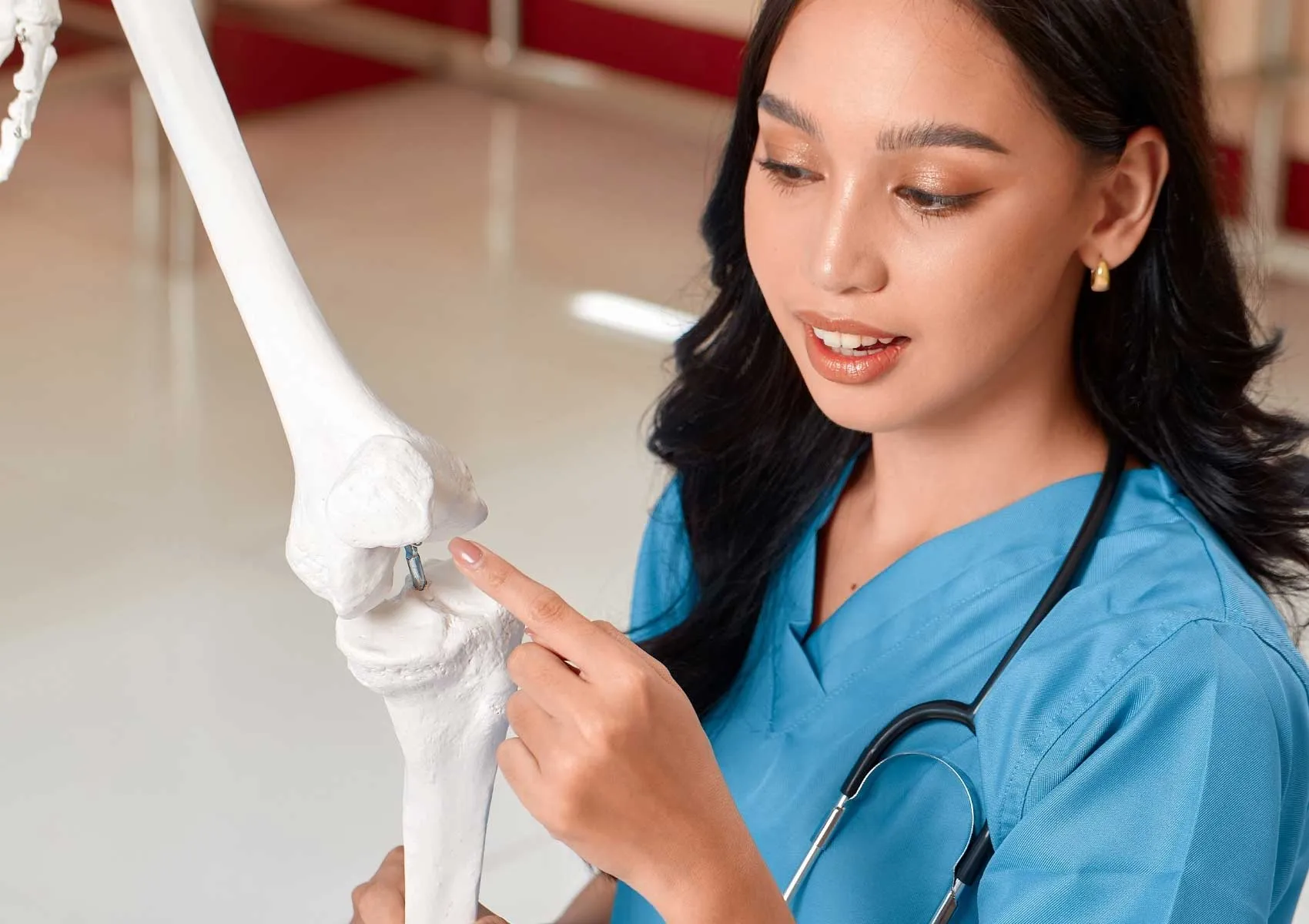How Is Knee Arthroscopy Performed? A Step-by-Step Guide to the Procedure
Small Incisions, Big Solutions
Knee arthroscopy is one of the most common and effective orthopedic surgical procedures used for both diagnosis and treatment of various intra-articular problems. It’s a minimally invasive surgery performed through small incisions using a tiny camera (arthroscope) and specialized instruments. Compared to traditional open surgery, arthroscopy results in less tissue trauma, faster recovery, and better patient comfort.
So how exactly is knee arthroscopy performed? What are the steps before, during, and after surgery? In this article, we walk you through the entire process in detail.
What Is Knee Arthroscopy?
Knee arthroscopy allows surgeons to diagnose and treat joint problems in a single procedure. Using 4–5 mm incisions, a miniature camera and instruments are inserted into the knee. The surgeon views the joint structures—meniscus, ligaments, cartilage, and synovial tissue—on a monitor in real-time.
This method is used for a variety of issues, including meniscus tears, ACL injuries, cartilage damage, loose bodies, and inflammatory joint conditions (synovitis).
Preoperative Preparation
Before knee arthroscopy, a detailed physical examination and imaging studies (MRI, X-ray) help determine the problem. Routine blood tests and anesthesia evaluation are also completed.
Patients are informed about the procedure, recovery expectations, and necessary precautions. Smoking cessation and temporary discontinuation of blood thinners may be advised. Most procedures are done on an outpatient (same-day discharge) basis.
How Is Knee Arthroscopy Performed?
Anesthesia
Knee arthroscopy is usually performed under spinal (regional) or general anesthesia. The choice depends on patient preference, medical history, and anesthesiologist recommendation.
Incisions and Access
Two or three small incisions (~0.5 cm) are made on the front of the knee—one for the camera and others for the surgical instruments.
Joint Visualization
A sterile fluid is introduced into the joint to expand the space and enhance visibility. The surgeon carefully inspects the meniscus, cruciate ligaments, cartilage surfaces, and synovial lining.
Corrective Procedures
Based on the findings, the surgeon performs the necessary interventions, such as:
- Meniscus repair or partial removal (meniscectomy)
- ACL reconstruction using grafts
- Microfracture or cartilage transplantation for cartilage lesions
- Removal of loose bodies
- Synovectomy for inflamed tissue
Closure
Once completed, the fluid is drained from the joint, and the small incisions are closed with cosmetic sutures or adhesive strips. A sterile dressing is applied, and a knee brace or ice pack may be used.
The average procedure takes 30 to 60 minutes.
Postoperative Recovery
Day 1
Most patients are discharged the same day. Mild pain and swelling are expected and managed with cold therapy and rest. Crutches may be used for a few days, depending on the procedure.
Week 1
Stitches are checked and typically removed within 7–10 days. Pain is controlled with medication, and gentle exercises may begin.
Physical Therapy
A structured rehabilitation program starts in the first or second week. Therapy focuses on restoring range of motion, strength, and joint stability.
Return to Daily Activities
Many patients return to desk work or light activities within a few days. Athletes or those undergoing complex repairs may need longer. Full return to sport can take 6–12 weeks, depending on the procedure.
Advantages of Knee Arthroscopy
- Minimally invasive, with smaller incisions
- Less postoperative pain
- Faster recovery and shorter hospital stay
- Simultaneous diagnosis and treatment
- Lower risk of complications
- High-definition visualization of joint structures
These benefits make arthroscopy a preferred option for both patients and surgeons.
FAQ
-
Is knee arthroscopy painful?
The procedure itself is painless due to anesthesia. Postoperative pain is usually mild to moderate and managed with medications.
-
How long does the surgery take?
Typically between 30 and 60 minutes, depending on the complexity of the issue being treated.
-
When can I walk after the procedure?
Most patients can walk with crutches the same or next day. Full weight-bearing depends on the specific intervention performed.
-
How long should I apply ice?
Apply cold packs 3–4 times daily for 15–20 minutes during the first 48 hours to reduce swelling and pain.
-
Is physical therapy necessary?
Yes. Rehab is crucial for restoring motion, strength, and preventing stiffness or re-injury.

